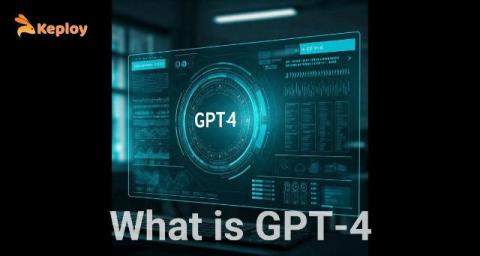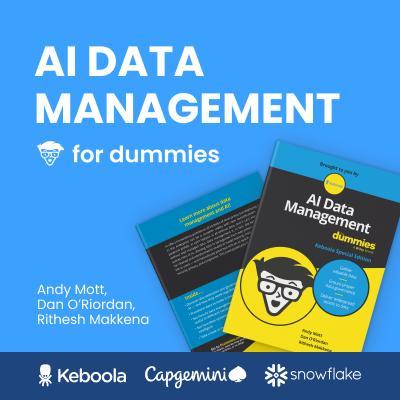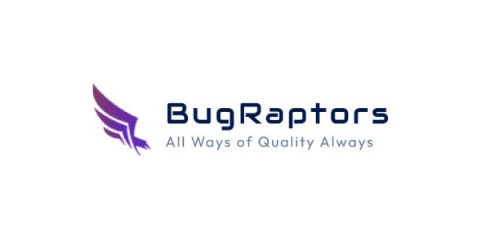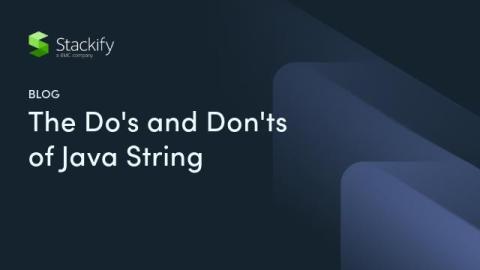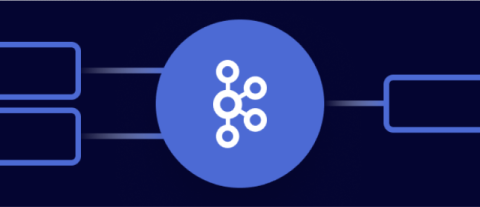Gpt-4 Cost: Everything You Need To Know Before Getting Started
AI has come as a game-changer in plenty of industries, with OpenAI’s GPT series setting the pace in natural language processing and decision-making abilities. The latest edition, GPT-4, promises even more powerful features, like enhanced accuracy, enlarged context window, and improved performance for grape tasks. However, before the adoption of this avant-garde technology, it is necessary to understand how much GPT-4 costs.


